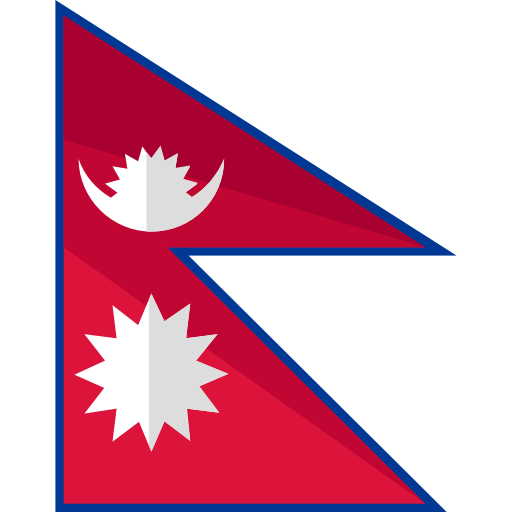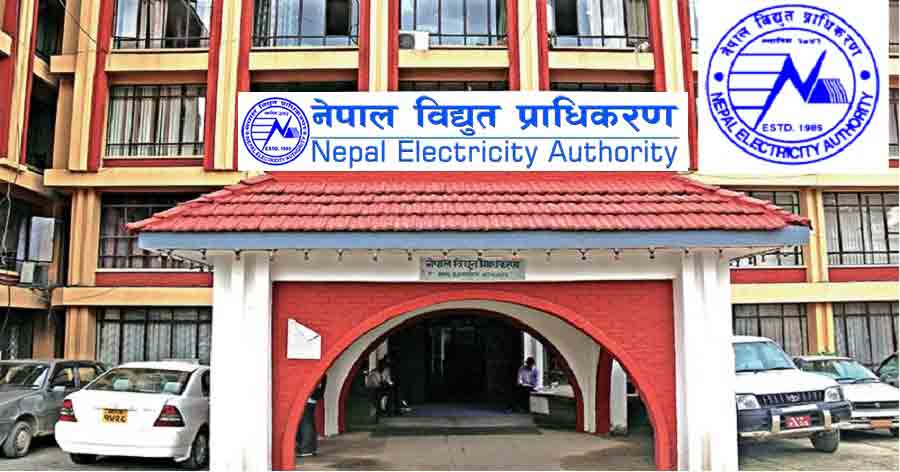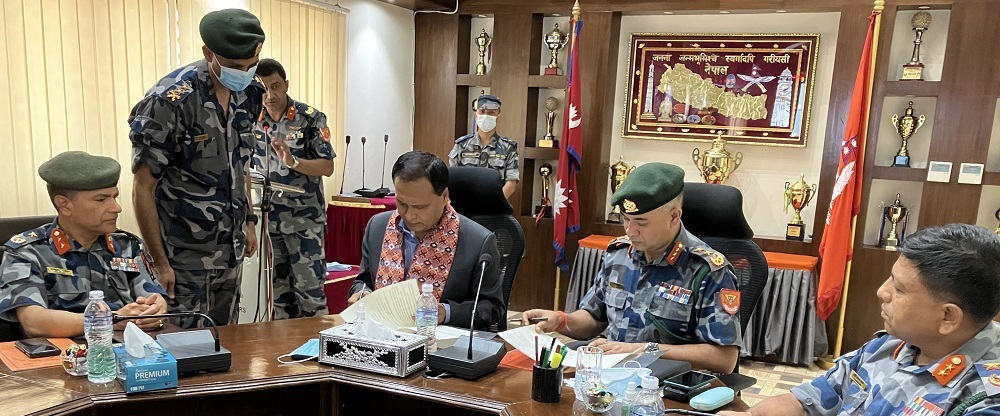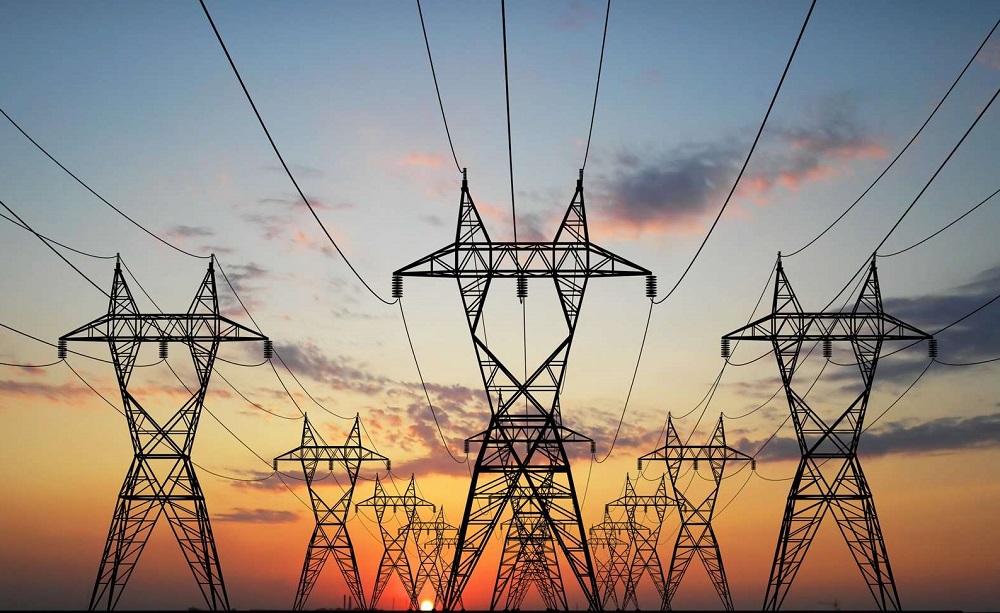The Nepal Electricity Authority has informed that electricity service will be interrupted for three consecutive days in some places of Kathmandu and Lalitpur from Friday.
According to the authority, the Teku substation is going to be shut down for three days as work is being done to upgrade the Teku substation and charge it on the Teku-Suchatar 66 KV line. According to the authority, the 66 KV Suchatar-Teku transmission line will be blocked for three days from 8 am on Friday to 8 am on Monday.
According to the authority, the Suchatar-Teku line will be ‘shutdown’ for three days from Friday 8 am to Monday 8 am, while the 66 KV Suchatar-Patan transmission line will be shut down from 9 am to 5 pm on Saturday and the 66 KV Suchatar line will be shut down from 3 pm to 5 pm on Saturday. .
According to the authority, Ring Road Main, Tahachal, Chamti Feeder under Kuleshwar Distribution Center and 66 KV under Pulchok Distribution Center, Pulchok, Bagmati, Ring Road, Bhainsepati Feeder as well as Teku Substation, K3 Substation and related switching stations Thapathali, Sundhara and K20 The feeders under the Ratnapark distribution center being supplied from will be affected and there may be power cuts for some time during peak load.
Similarly, the feeders under Pulchok and Lagankhel Distribution Center which are being supplied from Patan Substation under 66 KV Suchatar Patan transmission line will be affected and there may be power cut for some time during peak load.


 NP
NP

